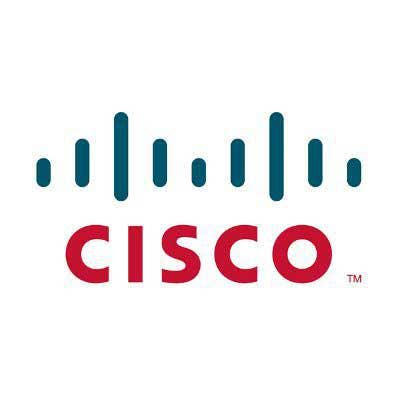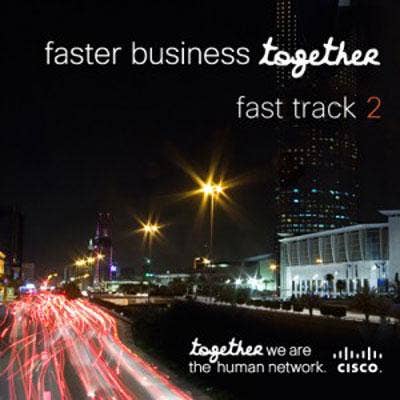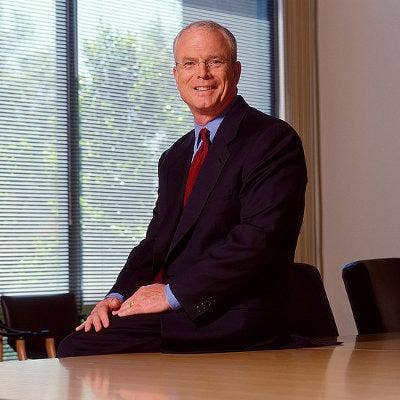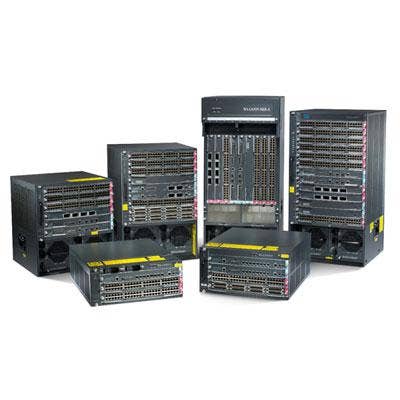10 Cisco Moves Solution Providers Should Watch Closely

Spotlight On Cisco
Cisco made headlines earlier this year with a pledge to remove $1 billion in expenses by the end of its fiscal 2012, and that's just one of the big moves Cisco's made in a year of big-ticket product launches, curious statements from John Chambers, its chairman and CEO, a series of major investments in the Cisco channel, and a downsizing that's supposedly going to leave Cisco slimmer and easier to do business with.
With so much hype and so many headlines, sorting all of the things Cisco partners should focus on can take a little time. Here we sift through the craziness to bring you 10 particular Cisco moves, trends or possibilities to focus on.

This Cisco Partner-Led Thing
Perhaps the biggest story for Cisco partners this year is a strategy called partner-led, which will theoretically means more sales of Cisco products to midmarket and SMB customers through partners, and also means a $75 million investment in new channel resources from Cisco. The groundwork's been laid for Cisco to grow as a midmarket and SMB channel vendor and to minimize channel conflict in more than $7 billion in accounts where partners should rule the day. Whether Cisco can truly execute on all these promises and investments is the big question, but partners haven't been this optimistic about Cisco as a channel force for some time.

Power Of PRM
The Cisco partner-led strategy has several interesting facets, including access to Cisco's Technology Solutions Network (TSN) for engineering assistance, and further funding for Fast Track 2, which streamlines transactional sales in the SMB segment. But the move that has several Cisco partner tongues wagging is the pending launch of a partner relationship management (PRM) system, that will let Cisco do things like send targeted marketing messages to certain partner executives, as well as share data on partner-led deals in various stages of Cisco approval. Among the particular tools Cisco's trotting out in an effort to make things simpler, VARs see the PRM system, part of a resource called Partner 360, as the clearest example.

No-Wait Deal Approval
Several Cisco executives have said that because of many of the new systems Cisco's put in place, the time needed to approve deals and also approve partner rewards such as qualification for the Opportunity Incentive Program (OIP) has improved dramatically. Gary Moore (pictured), Cisco's executive vice president and chief operating officer, told attendees at Cisco's recent Financial Analyst Conference that Cisco has seen an overall 70 percent reduction in the amount of time it takes Cisco managers to review deals. And Edison Peres, senior vice president, worldwide channels, told CRN that there's now an operations team in place within Cisco to approve OIP deals less than $50,000 in a matter of hours, not days.
A lot of encouraging talk from Cisco, but will partners see these sped-up approvals come to pass?
Broader Marketing Spend
Luanne Tierney was one of the more influential executives in Cisco's Worldwide Partner Organization, so when she jumped ship for Juniper earlier this year, Cisco partners wondered whether Cisco would keep its unique partner marketing programs humming with the same intensity. Turns out, there will be more intensity: Amanda Jobbins (pictured), now Cisco's vice president, worldwide partner marketing, has a role much expanded from Tierney's, and reports directly to Blair Christie, Cisco's chief marketing and communications officer, to promote closer alignment with Cisco's corporate marketing and channel marketing spend.
Partners await word from Jobbins on how many of the marketing programs Tierney and her team put in place will continue and expand. Cisco, for example, hasn't yet said whether it will host a Cisco Partner Velocity conference this year, and top Cisco partners tell CRN that no decision has been communicated to the channel.

What Chuck Robbins Says
No one Cisco executive -- except for, say, Chambers -- should hold more sway than any other when it takes that monster executive team to keep Cisco's channel, sales, marketing and other organizations running. Still, thanks to Cisco's corporate restructuring, it now has three single executives responsible for each of its three consolidated geographies. Chuck Robbins (pictured), well-known to Cisco partners, is now senior vice president of Americas, in charge of all Americas sales and all of the heads of Cisco's sales theaters within the Americas. Jim Sherriff, head of Cisco's Americas sales channels, reports directly to Robbins now.
"As much as the channel leaders still own the program, Chuck is clearly in charge," said a top Cisco partner. "Any major sales strategy decision in channel or within Cisco, for the U.S. and the Americas, is coming from him and we're listening to him for that perspective."

Tighter Alignment With Services
One of the channel's most highly regarded services programs is going to get even more partner-friendly, according to Nick Earle, Cisco's senior vice president, worldwide services sales and channels. For starters, said Earle, Cisco will soon publish a document outlining the rules of engagement for Cisco services sales -- an actual guide, he explained in a recent interview with CRN, that partners and Cisco employees can point to for cause when services conflicts get escalated in the field. Couple that with broad investments by Cisco in how it automates its services through software -- Cisco's made several acquisitions with this goal in mind this year -- and you have some very interesting goings-on in a $10 billion piece of the overall Cisco business.

More Competitive Posturing
Gratuitous displays of competitive saber rattling are not common for Cisco -- in fact, with notable exception, Cisco's gone to some length in recent years to not publicly address competitors by name and not pour gasoline on the competitive fires.
That's changing. The Cisco of old wouldn't have put out a targeted campaign -- blog posts, interviews, video and web sites -- needling Juniper for its edge routing promises. The Cisco of old wouldn't have explicitly named what it considers its most immediate competitive threats -- Juniper, Avaya, HP and Huawei, for those keeping score -- in a presentation from Chambers.
What's to be seen is how Cisco's newly bared fangs will affect Cisco channel partners -- positively or negatively.

How Cisco's Winning Deals
Much ado was made this summer about Cisco supposedly offering Purdue University an exclusive deal that was said to have discounted its Nexus 7000 data center switches by as much as 76 percent, and that's not the only reported instance of Cisco turning to heavy discounting to yank deals away from vicious networking competitors like HP. Cisco can spin such moves anyway it likes, of course, but solution providers need pay attention to how much "buying of the business" Cisco is doing these days.

Beefed-Up Product Roadmaps
One quietly fascinating takeaway from Chambers' remarks at Cisco's Financial Analyst Conference was that Cisco's various chief technology officers are now charged with bringing forth product roadmaps 18 months out. That's so Cisco can be more transparent with customers about what's coming next, Chambers said.
Will Cisco partners be able to rely on that timetable so they, too, can discuss Cisco product roadmaps in depth with potential customers? It's a question worth asking, considering how that might be a competitive advantage, and also clear up potential confusion. The chief executive of one national Cisco partner, who requested his name not be used, said Cisco is sending mixed messages to customers with its Catalyst and Nexus switching lines. Specifically, said the partner, Cisco is pushing its Nexus switches, but also updating Catalyst modules and refreshing key Catalyst offerings -- leading to "tremendous confusion for customers," he said. Would more clearly described product roadmaps solve that problem?

Momentum With Cisco Cius, If Any
Cisco's Cius, the Android-based tablet Cisco has positioned as an enterprise-grade unified communications endpoint, is only now getting into the hands of Cisco solution providers, who complain that it's been a long wait since Cisco's initial 2010 announcement of Cius to see the proverbial wood behind the arrow. Cisco has said Cius will break away from Apple's mighty iPad and other tablets thanks to enterprise features like onboard security controls and a tightly controlled application storefront called AppHQ, but with the iPad's juggernaut-like dominance and other tablet also-rans already given the Old Yeller treatment, the Cius has a tough, tough hill to climb.